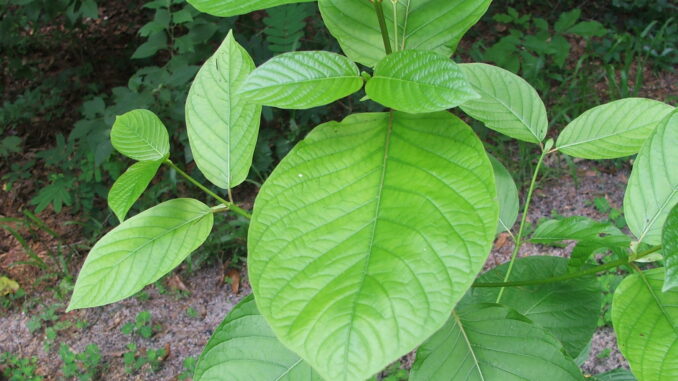The properties of Kratom
Mitragyna speciosa (commonly known as kratom) is a tropical evergreen tree in the coffee family native to Southeast Asia. It is indigenous to Thailand, Indonesia, Malaysia, Myanmar, and Papua New Guinea, where it has been used in herbal medicine since at least the nineteenth century. Kratom has opioid properties and some stimulant-like effects.
Some people take it for managing chronic pain, for treating opioid withdrawal symptoms, or for recreational purposes. The onset of effects typically begins within five to ten minutes and lasts for two to five hours.
Anecdotal reports describe increased alertness, physical energy, talkativeness, sociability, sedation, changes in mood, and pain relief following kratom use at various doses. Common side effects include appetite loss, erectile dysfunction, nausea and constipation. More severe side effects may include respiratory depression (decreased breathing), seizure, addiction, and psychosis. Other side effects may include high heart rate and blood pressure, trouble sleeping, and, rarely, liver toxicity. When use is stopped, withdrawal symptoms may occur.



























































